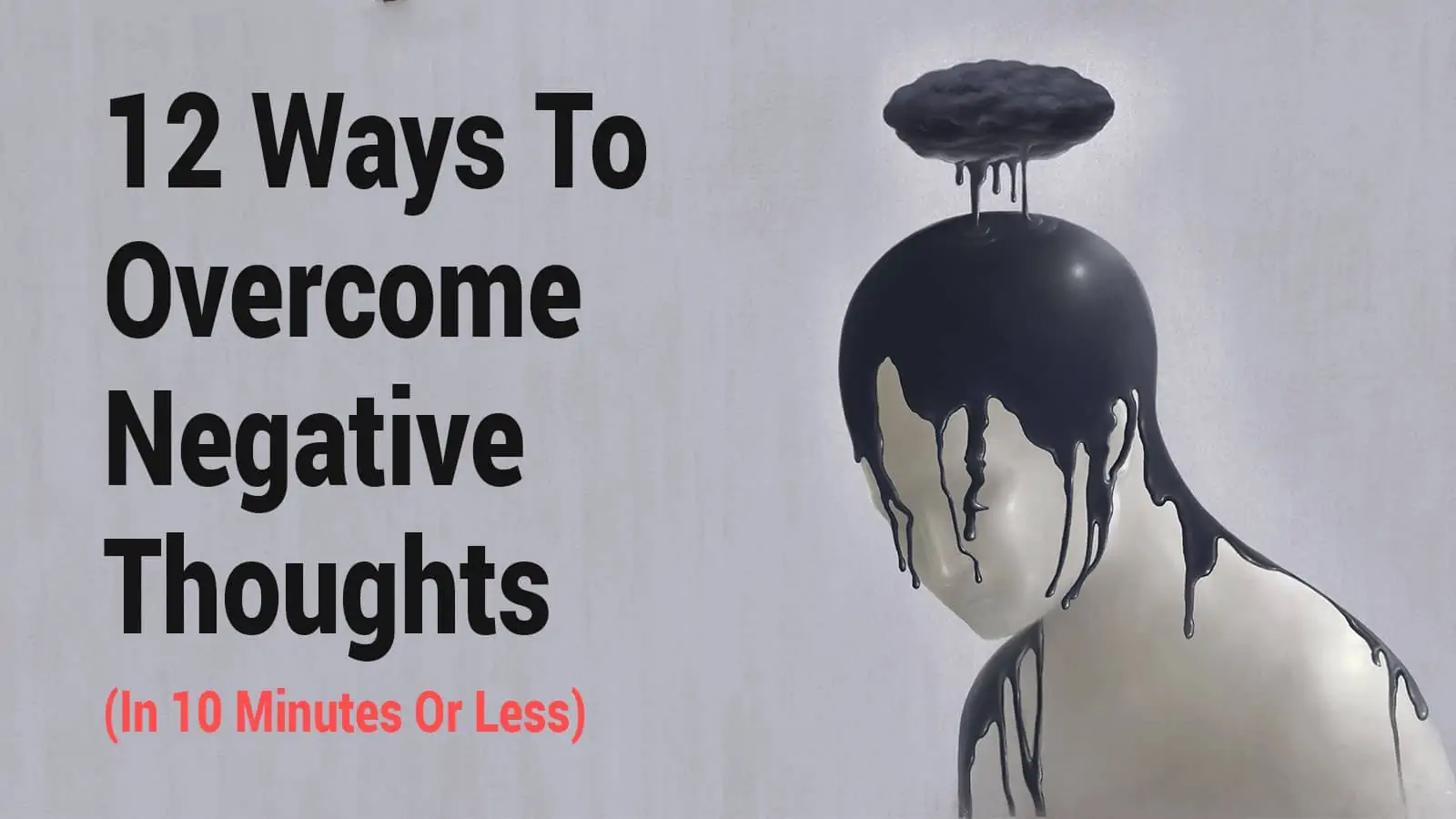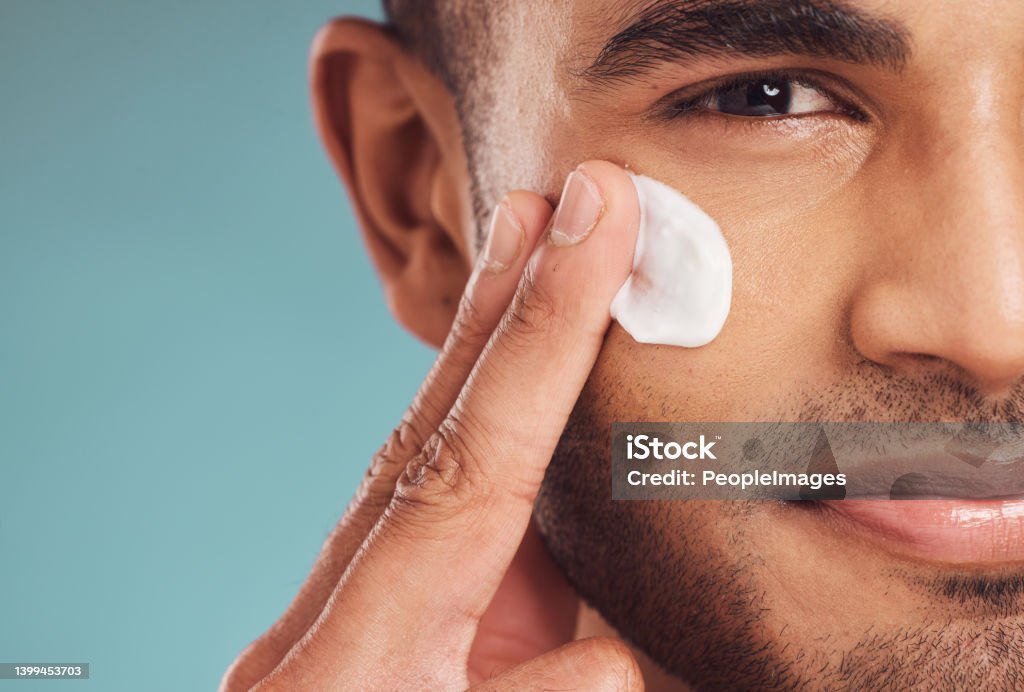Iframe sync Have you ever considered comparing our thought life to living on a busy street? Our minds are like a busy street, a place where thoughts of all kinds (negative and positive; false and true) drive by. We cannot stop the flow of traffic, but we can choose which thoughts are allowed to park in our driveway. So, how do we overcome the recurring negative thoughts that bombard our brain? At one point or another, we have to see our thought-life as something sacred, something to guard and protect. In Romans 12:1-2, Paul talks about how part of the goal of discipleship is for the Holy Spirit to transform us by the renewing of our minds (i.e. changing our thought life). Fortunately, there is a surplus of wisdom afforded to us. One of the best strategies to combat negative thoughts comes from Dr. Daniel Amen. Years ago, Dr. Amen saw ants in his kitchen and came up with an acronym related to mental health: “Automatic Negative Thoughts.” Dr. Amen writes: “Every single time you have a thought, your brain releases chemicals. Every time you have a sad, hopeless, mad, cranky, unkind, judgmental, or helpless thought, your brain immediately releases chemicals that make your body feel awful. Your hands get cold and wet, your muscles get tense, your heart beats faster, and your breathing becomes shallower. Additionally, the activity in your frontal and temporal lobes decreases which negatively affects your judgment, learning, memory. The opposite is also true – whenever you have a happy, hopeful, loving, kind, or positive thought, your brain releases a completely different set of chemicals. Your hands get warmer and dryer, your breathing becomes deeper and more regular, your muscles relax, your blood pressure decreases, and your brain works better. So, if you want to eradicate depression, anxiety, and negativity from your life, you need to work on disciplining your mind to get rid of the ANTs and developing an ANTeater to patrol the streets of your mind.” The life work of Dr. Amen is able to provide analysis and explanation as to why our brains work the way they do. However, what seems to be missing is a solution rooted in absolute truth. Dr. Amen promotes “positivity,” but how do we distinguish positivity from reality? In other words, our “positive thinking” has no potency if it is simply words not grounded in the truth. So, we need more than positive thinking to kill our “ANTs.” That is like the “superficial treatments” Jeremiah 6:14 talks about. We need the truths of God’s Word to fatally kill the “ANTs.” We can not speak things into existence by our words (only God can do that!). Instead, we can grab hold of the truth He speaks and apply it as medicine to our troubled mind. Look at how these passages speak to the power of God’s Word. For the word of God is alive and active. Sharper than any double-edged sword, it penetrates even to dividing soul and spirit, joints and marrow; it judges the thoughts and attitudes of the heart. – Hebrews 4:12 “Is not my word like fire,” declares the Lord, “and like a hammer that breaks a rock in pieces?” – Jeremiah 23:29 The weapons we fight with are not the weapons of the world. On the contrary, they have divine power to demolish strongholds. We demolish arguments and every pretension that sets itself up against the knowledge of God, and we take captive every thought to make it obedient to Christ. – 2 Corinthians 10:4-5 We can see that God’s Word is meant to be the true “ANT” killer. Ephesians 6:17 even refers to God’s Word as the “sword of the Spirit.” This is why we continually emphasize the importance of knowing the Bible. Know how to navigate it. Know what the text says, means, and how it is applicable to such a degree that you internalize it. We are to acquaint ourselves with God’s Word the way a knight does his sword. After all, the Bible is our sword that the Spirit uses to counter the thoughts that are hostile toward us. “Look at how life is. You don’t even know which way is up and which way is down! God has abandoned you.” Have you heard something like that before? Us, too! And that is when we respond with God’s truth to kill the “ANT”: “God will lead me even through unfamiliar territory! He will turn darkness to light. He will never forsake me” (inspired by Isaiah 42:16). The key is to identify the lie or negative thought and counteract it with something true and inspired by the credibility of God’s Word (the Bible). When God’s truth is pitted against the enemy’s lie, guess which one will in? Every single time, God’s Word prevails. It shatters the lie like a hammer breaking a rock (see Jeremiah 23:29 again). Next time unbiblical, untruthful, negative, hopeless, condemning thoughts come driving on the streets of your mind, be vigilant and have your sword ready. Only what is true, noble right, pure, lovely, admirable, excellent, or praiseworthy (Philippians 4:8) is worthy to have a parking spot in your mind. One word of caution here. Scripture is only effective if we use it properly. Going back to the analogy of the sword: a knight knows that what he holds is something sharp, he trains to use it the right way, otherwise it becomes a weapon against himself. In a similar way, we don’t want to string together verses of Scripture to make them say what we want them to say. The power of Scripture resides in the truth of its meaning. And so we must understand the meaning of the text in its own context if we want to wield it and apply it for ourselves. That is one of the many reasons we highly recommend Life Groups. Life Groups are a great place to have community, be vulnerable with our insecurities, and struggles. It is also a great … Read more









